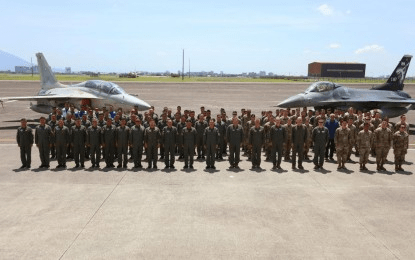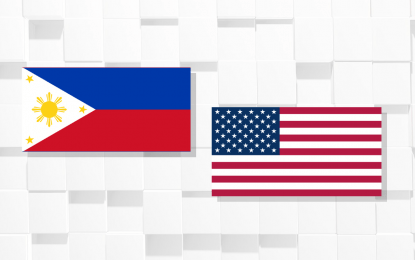By Priam Nepomuceno

MANILA – The Philippine Air Force (PAF) and the United States’ Pacific Air Forces (PACAF) began the Cope Thunder Philippines (CT PH 25-1) Monday.
PAF chief Lt. Gen. Arthur Cordura and PACAF Air National Guard mobilization assistant Maj. Gen. Christopher Sheppard led the opening rites of the drills at Clark Air Base in Mabalacat City, Pampanga.
CT PH 25-1 will be held across key training locations in Northern Luzon, including Basa Air Base and Clark Air Base in Pampanga and Colonel Ernesto Ravina Air Base in Tarlac until April 18, according to a statement by PAF spokesperson Col. Ma. Consuelo Castillo.
Castillo said PAF is deploying 729 personnel and various types of aircraft including FA-50PH, A-29B Super Tucano, S-76A and S70i Black Hawk helicopters.
PACAF, on the other hand, sent 250 personnel and 12 F-16 fighter jets.
“The exercise will highlight field training exercises on aircraft maneuvers and tactics,” Castillo said.
For the first time, the PAF is hosting an International Observer Program as part of the exercise, participated in by representatives from the Royal Malaysian Air Force, Royal Thai Air Force, Royal Australian Air Force, Japan Air Self-Defense Force, and Indonesian Air Force.
Castillo said the exercise would also feature subject matter expert exchanges covering a wide range of domains, including fighter and close air support operations, helicopter operations, cybersecurity, communications, aircraft maintenance, logistics, security, and medical services.
CT PH 25-1 marks a key milestone in enhancing joint operational readiness and deepening defense ties between the Philippines and the United States.
It also contributes to Armed Forces of the Philippines’ modernization and capability development efforts. (PNA)




